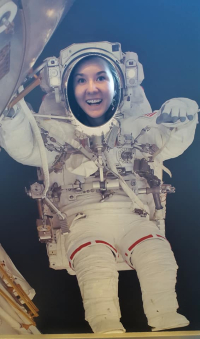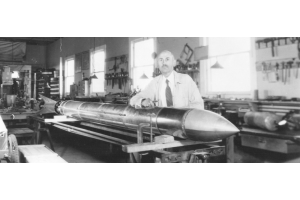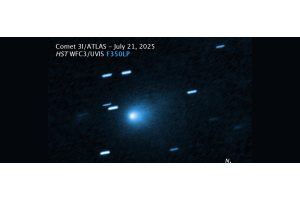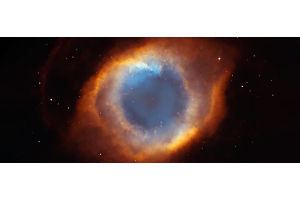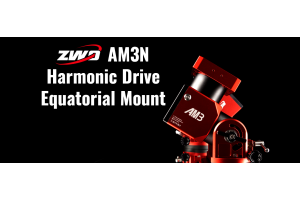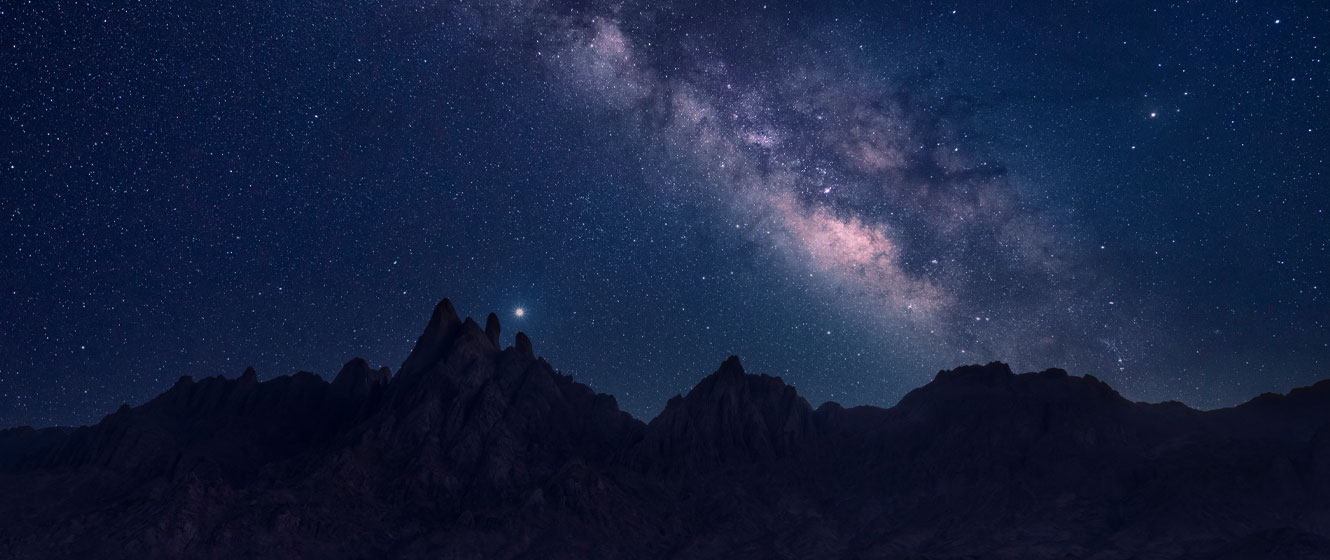
For centuries, civilizations studied the night sky with no aid whatsoever. All they had was the power of their human eyes, and that alone served them well enough to observe meteor showers, planetary movements, and rare cosmic events. Many of us equate astronomy with huge telescopes peering into the soul of the universe, but truthfully the heart of astronomy lies in the simple act of stepping outside and looking up. Here’s how you can engage in astronomy without having to even touch a telescope.
Naked Eye Observation
When you stargaze without the use of any aid like a telescope or binoculars, you’re practicing what’s called naked eye observation. You don’t need superhero eyesight, special glasses, or fancy equipment to get a good view of what’s up there. All of the astronomy done before the invention of the telescope was conducted this way, and the discoveries that were made are astonishing. Civilizations from the Greeks (who we credit with the invention of astronomy itself) to the Chinese and even way back to the Babylonians documented the movements of the stars and planets, came up with the zodiac, and even spotted the moons around some of the outer planets.
This all goes to show that there is nothing stopping you from going into your backyard, taking a seat, and witnessing the marvels that our corner of the solar system has to show you.
What Do I Need?
- The Sky
- Your Eyes
Sounds a lot simpler than assembling a telescope, lugging it outside, waiting for it to cool down, aligning it with what you want to look at, and then finally getting to the good part.
You’ll want to make sure that you give your eyes time to adjust so you can see more stars, so turn off all the outside lights and don’t look at your phone unless you have a blue light filter installed. If you need a light, choose a red light flashlight, as the red light won't interfere with your night vision.
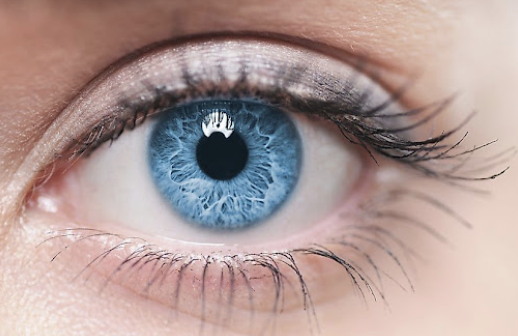
A telescope usually limits where you can set up and what parts of the sky you can see in your location, but you don’t have this problem with naked eye astronomy. You can stand in the uneven part of your yard that has the clearest view of the sky, climb on the roof if it’s safe, or head to the hill down the road. You still want to give yourself the best view possible, but you have more options when you don’t have to consider your telescope’s limitations.
If you think sitting outside looking at the sky might be a bit boring, give yourself a goal or reason to be out there. Maybe you want to observe the full moon for the first time in a while and imagine the astronauts who landed there over 50 years ago. Maybe you heard about a meteor shower and want to witness the explosion of light that occurs when debris collides with our atmosphere. Perhaps you’ve never been able to see the shapes the constellations supposedly make, and you’re anxious to give it another go. There are literally thousands of things to look at.
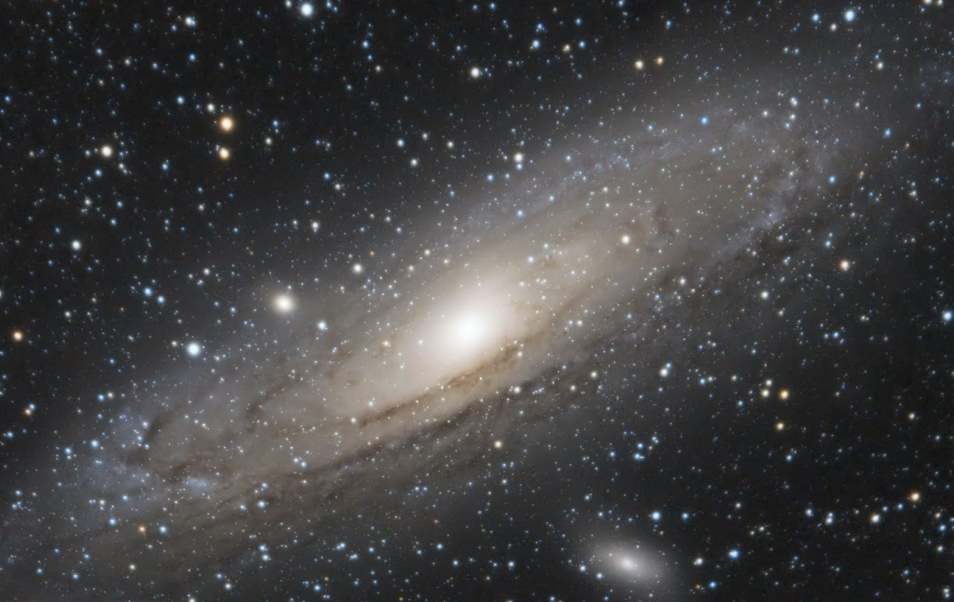
What Should I Look For?
Here’s a list of some notable stars, planets, and other celestial objects you can see with the naked eye. Some of these are only visible if you’re in a very dark location with no light pollution and no clouds or other obstructions:
- The Moon
- Venus
- Mars
- Jupiter
- Saturn
- Sirius (Star)
- Betelgeuse (star)
- The International Space Station
- Andromeda Galaxy
- Orion Nebula
- Pipe Nebula
- The Milky Way
Binoculars
So, you’ve observed to your heart’s content with nothing but your eyes, and now you’re ready to see more. If you’re not ready to jump on the telescope bandwagon, there is an intermediate step you can take that will give you access to more of the sky without making you commit to a telescope.
Some things you can see with binoculars that are more difficult to spot with the unaided eye include:
- The Great Hercules cluster (a concentration of more than 300,000 stars)
- M110 and M32, two galaxies near Andromeda that are more faint
- The Triangulum Galaxy
- Epsilon Lyrae, a system of double stars, both of which have their own companion stars (though you’ll only be able to see the two main ones, Epsilon1 and Epsilon2)
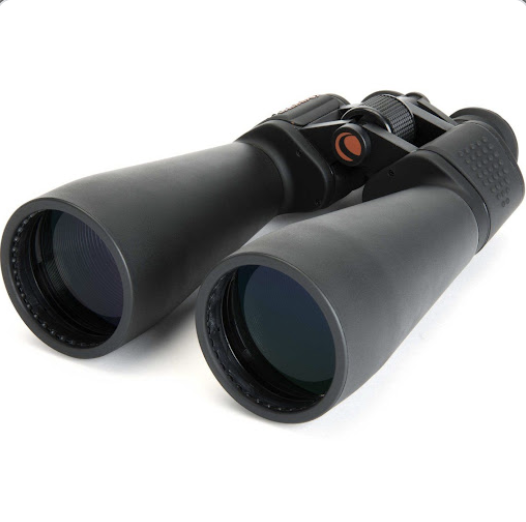
What Do I Need?
Binoculars, specifically the ones that are designed for astronomy, can offer between 6x and 12x magnification, neither of which is as powerful as telescopes but certainly more than your eyes can do.
You’ll have to put a little time into focusing your binoculars since they need to be adjusted to your eyesight. Typically, this is done by focusing one eye at a time using the adjusters on the binoculars.
One major difference between observing with binoculars and using a telescope is the depth. Binoculars will give you a three-dimensional experience, while telescopes produce a flattened image. This can make the farthest objects blurry and difficult to see, but for closer things like the moon, the detail that is revealed can be startlingly clear.
All that, and you didn’t use a telescope once! Hopefully, you’ve realized that the wonder of astronomy lies not in what equipment you use, but in how you use the tools you already have. With nothing but your eyes, you can see so much in our little slice of the universe.

Learn More
Interested in learning more about astronomy? Not sure where to begin? Check out our Astronomy Hub!





